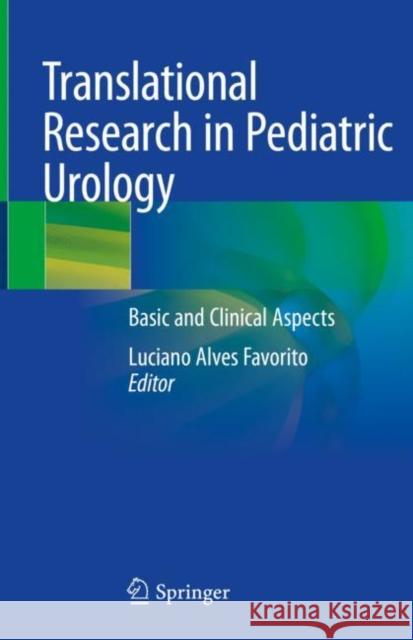Translational Research in Pediatric Urology: Basic and Clinical Aspects » książka
topmenu
Translational Research in Pediatric Urology: Basic and Clinical Aspects
ISBN-13: 9783030502195 / Angielski / Twarda / 2020 / 237 str.
Translational Research in Pediatric Urology: Basic and Clinical Aspects
ISBN-13: 9783030502195 / Angielski / Twarda / 2020 / 237 str.
cena 562,23
(netto: 535,46 VAT: 5%)
Najniższa cena z 30 dni: 539,74
(netto: 535,46 VAT: 5%)
Najniższa cena z 30 dni: 539,74
Termin realizacji zamówienia:
ok. 22 dni roboczych
Dostawa w 2026 r.
ok. 22 dni roboczych
Dostawa w 2026 r.
Darmowa dostawa!
Kategorie BISAC:
Wydawca:
Springer
Język:
Angielski
ISBN-13:
9783030502195
Rok wydania:
2020
Wydanie:
2021
Ilość stron:
237
Waga:
0.50 kg
Wymiary:
23.88 x 19.56 x 1.52
Oprawa:
Twarda
Wolumenów:
01











